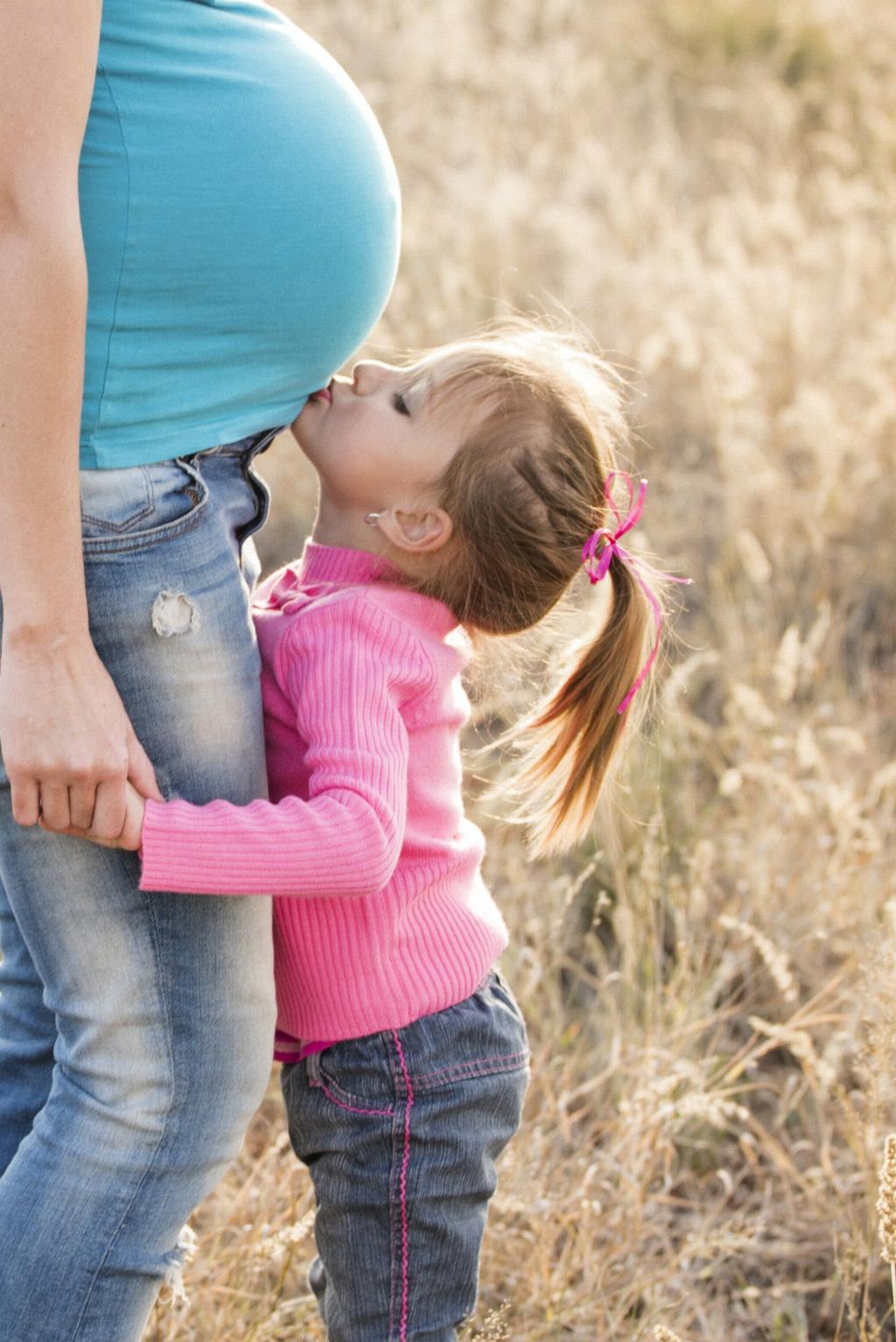One of the pivotal moments during childbirth is the phenomenon known as crowning. It is a term that describes the visible appearance of the top of the baby’s head as it begins to emerge from the mother’s vaginal opening. This significant event typically occurs during the second stage of labor, marking the progression towards the imminent arrival of the newborn into the world.
The Significance of Crowning
Crowning serves as a crucial indication that the baby is moving through the birth canal and getting closer to being fully delivered. It is a moment filled with anticipation and a sense of achievement for the mother, as she approaches the final stages of labor after enduring the process of contractions and pushing.
The Physical Process
During crowning, the perineum, which is the area of skin and muscle between the vaginal opening and the anus, stretches to accommodate the baby’s head. This stretching is essential to allow for a safe passage and delivery of the infant. It is a remarkable demonstration of the body’s ability to adapt and facilitate the birthing process.
Emotional Impact
For many women, witnessing the crowning of their baby can be a profound and emotional experience. It symbolizes the culmination of months of pregnancy, the endurance of labor, and the beginning of a new chapter as a parent. The sight of their child’s head emerging can evoke feelings of awe, excitement, and overwhelming love.
Support and Encouragement
During the crowning stage, healthcare providers, such as midwives or obstetricians, play a vital role in providing guidance and encouragement to the mother. Their reassurance and support help the mother stay focused and motivated as she continues to push and bring her baby into the world.
Physical Sensations
As the baby’s head crowns, mothers often experience a burning or stinging sensation due to the stretching of the perineum. This sensation, known as the “ring of fire,” is a commonly described aspect of crowning and is a result of the pressure on the surrounding tissues.
Progressing Towards Birth
Once the baby’s head has crowned, the mother is encouraged to pause her pushing momentarily to allow for controlled delivery of the infant and prevent tearing. This strategic approach helps facilitate the birth process and reduces the risk of complications.
Immediate Aftermath
Following the crowning stage and the birth of the baby’s head, the remainder of the newborn’s body swiftly follows, guided by the natural contractions and movements of the mother. The completion of the delivery marks the end of labor and the beginning of the postpartum period.
Celebrating the Arrival
As the baby is fully born and placed on the mother’s chest, the joy and relief of the moment are palpable. The intense physical and emotional journey culminates in the miraculous sight of a new life entering the world, bringing tears of happiness and overwhelming emotions.
Recovery and Bonding
After the delivery, the focus shifts to postpartum care, including the assessment of both the mother and the newborn. Skin-to-skin contact, breastfeeding initiation, and the early bonding between the parent and child are essential components of the immediate post-birth experience.
Reflection and Empowerment
Looking back on the process of crowning and childbirth, many women express a profound sense of empowerment and fulfillment. The physical and emotional challenges overcome during labor underscore the strength and resilience inherent in the journey of pregnancy and birth.

